An eye in the sky helps understand compounding corruption on the ground when it comes to multiple issues occuring
A master’s student at the University of Saskatchewan developed a study to see if images from an unmanned aerial vehicle can be used to phenotype the phytotoxicity of lentil varieties. Phytotoxicity is a toxic effect by a compound on plant growth, including by herbicides. Brianna Zoerb said she wanted to look for another way to […] Read moreTag Archives Pulse Producer
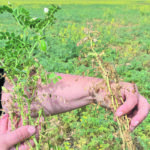
Chickpea problem a head scratcher
It might be that several issues are being encountered or more than one may compound damage in pulse crop
A plant health issue in Saskatchewan’s chickpea crop has agricultural researchers perplexed. The problem first surfaced in 2019 with Gravelbourg, Assiniboia and Coronach in southwestern Saskatchewan among the worst hit areas. In 2020, a wider area of the province was affected by the mystery ailment, and chickpeas again had a lot of chlorosis, wilting and […] Read more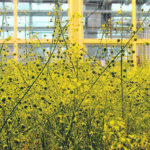
Speciality crops find strength in numbers
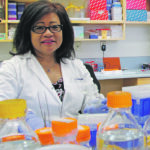
Gene for darkening in pinto beans isolated
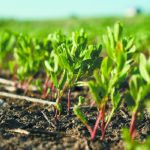
Pulse crops in a tight rotation
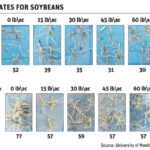
Hold the nitrogen when planting soybeans
Prairies not a high yield environment for soybeans, so it’s important to maximize the amount of nitrogen
Manitoba soybean growers at a CropConnect conference once asked if a nitrogen application at planting would help the crop in the province’s short-season climate. University of Manitoba crop researchers, Navneet Brar and Yvonne Lawley, designed a study to examine if starter nitrogen can increase soybean growth, yield, grain protein and oil. “Sometimes you do projects […] Read more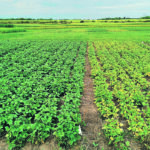
Black beans become more viable option
A newer, early maturing variety makes the crop more attractive than it once was, but there are still agronomic unknowns
Black bean is not a common crop on the Prairies, but it’s getting increasing interest from farms under heavy aphanomyces pressure in their peas and lentils. Black beans were not a viable option for most prairie growers until CDC Blackstrap became available, which has early maturity, can be seeded with an air seeder for narrow-row […] Read more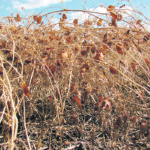
Desiccants still on the table — for now
Rules are not relaxed just because you’ve given an old product a new task, ensuring the crop is right for harvest
The use of desiccants in pulse harvest is coming under increased scrutiny, as are chemicals used to create uniform pre-mature dry-down. But for now, desiccants are still on the table. Keep in mind that a desiccant is nothing more than a herbicide with a different job. In addition to the unique role you are now […] Read more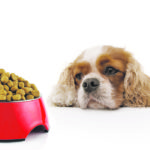
Pulse groups research dog food charge
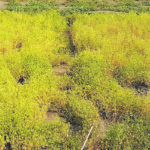
Glyphosate concerns cause producer pulses to rise
Producers concerned about what would happen if they could no longer apply the herbicide to their crops before harvest
Harvesting lentils has become complicated with the increased sensitivity to pesticide residue by international buyers of the pulse crop. Some grain buyers will not accept lentils treated with pre-harvest glyphosate due to scrutiny in the global marketplace and low maximum residue limits . Ideally, using a desiccant including diquat, Reglone, will provide an adequate dry-down […] Read more





